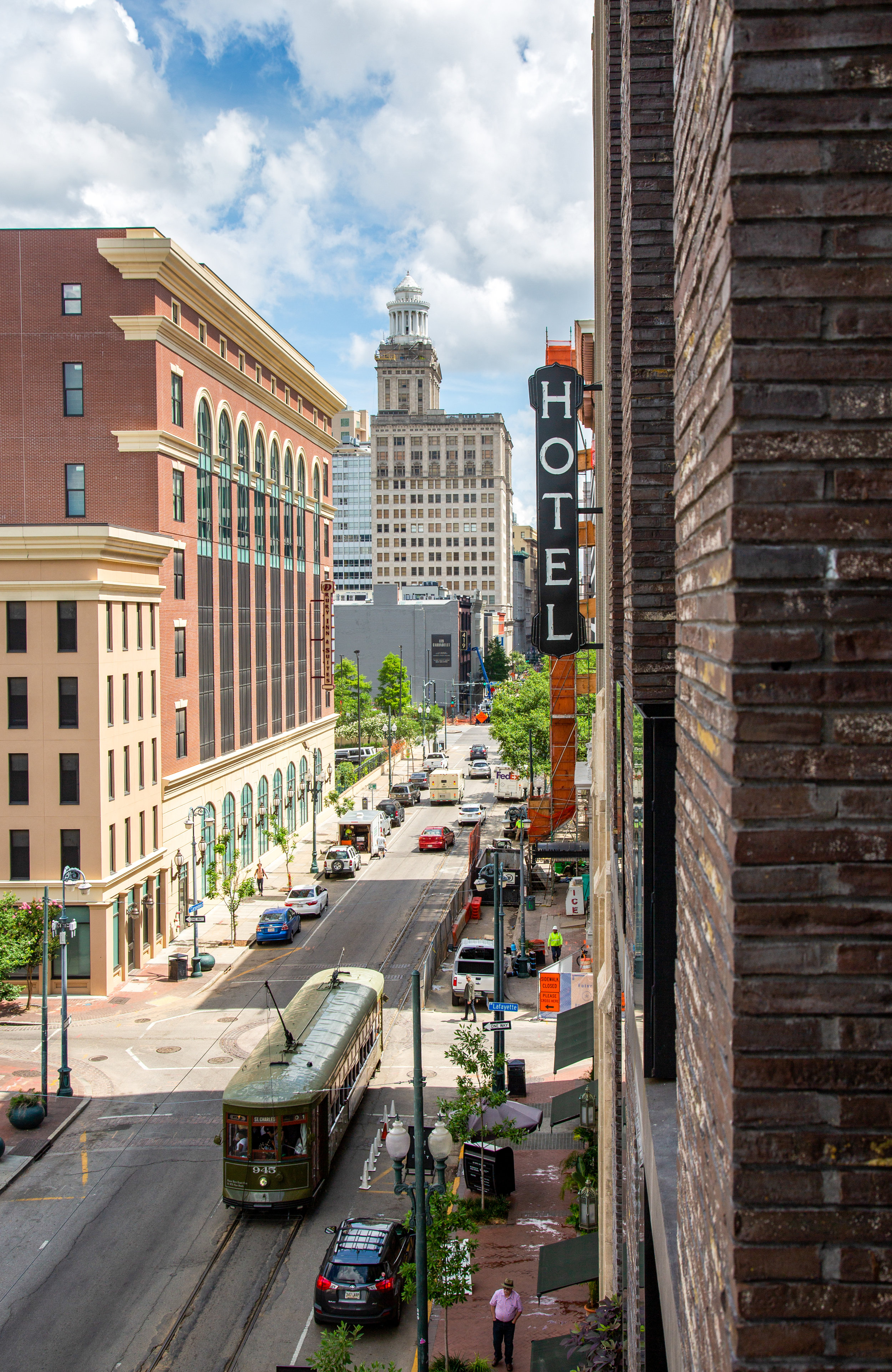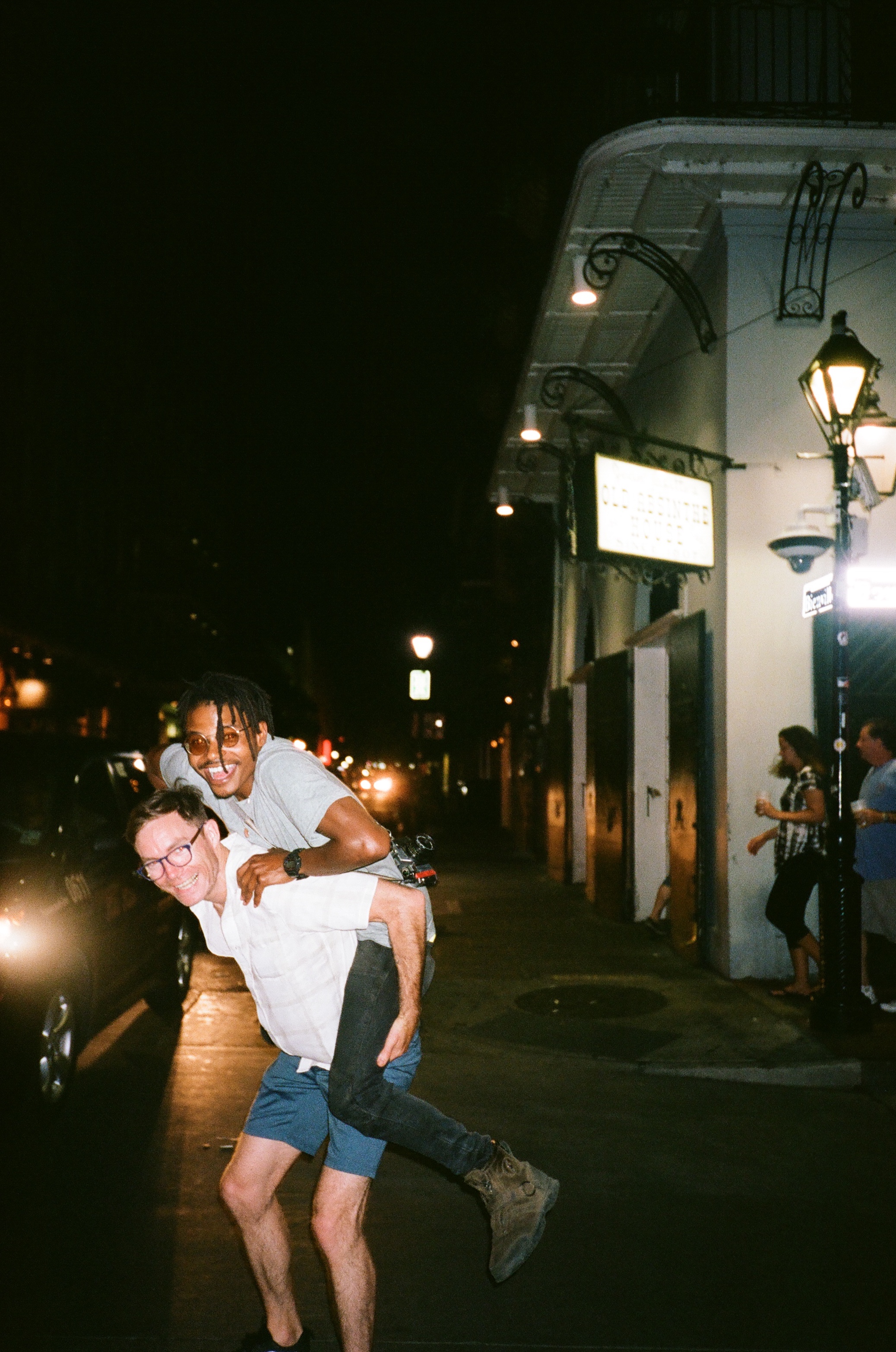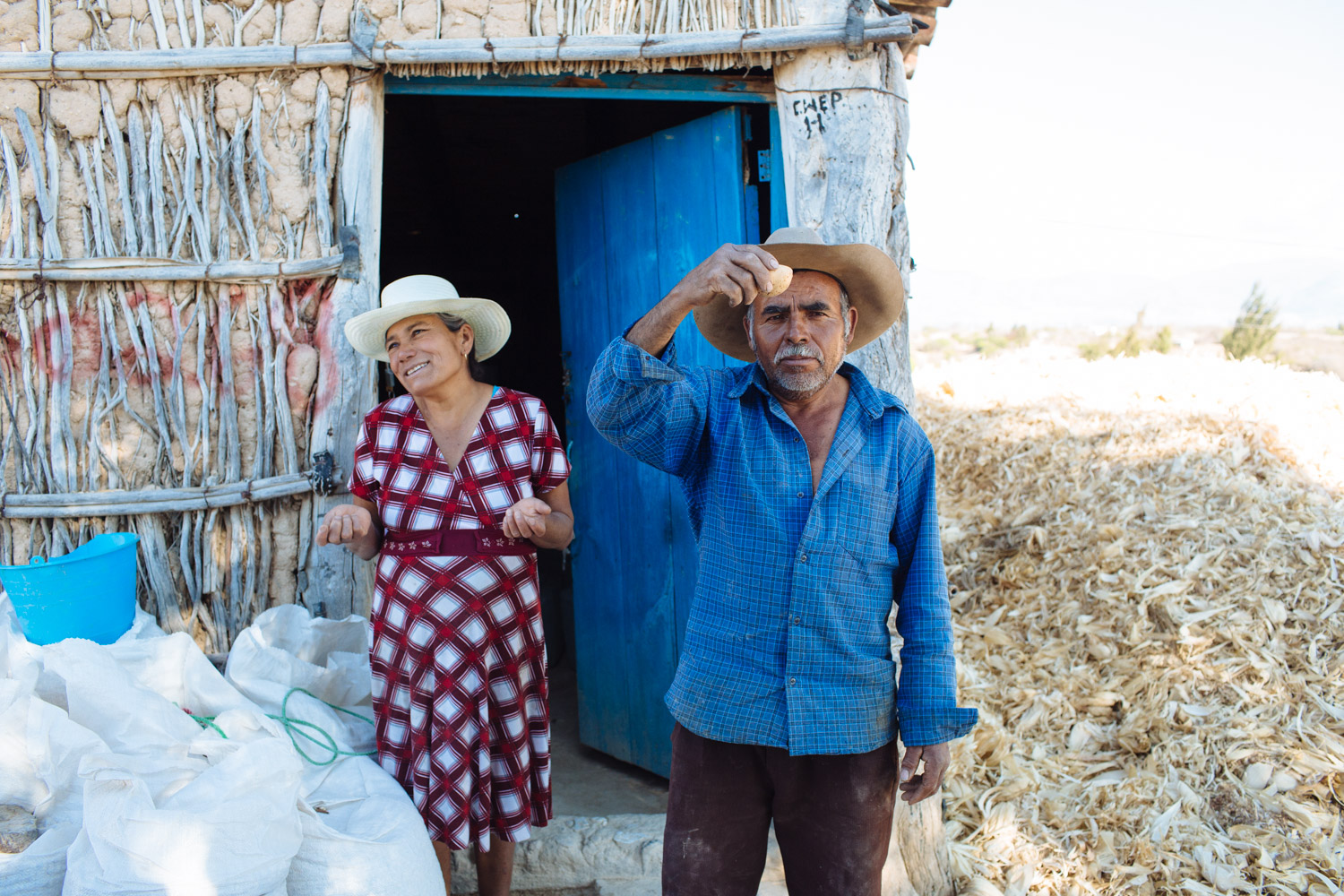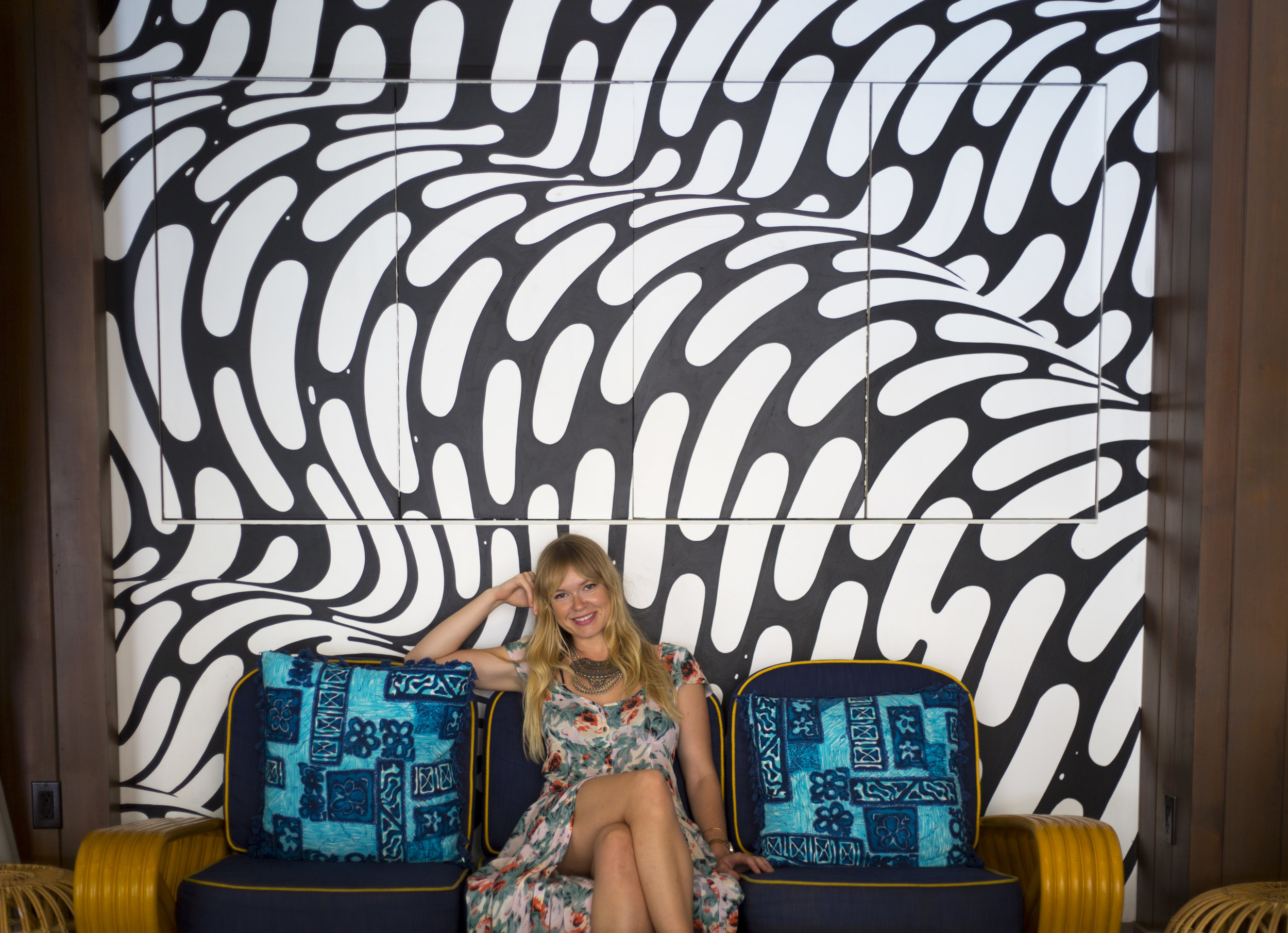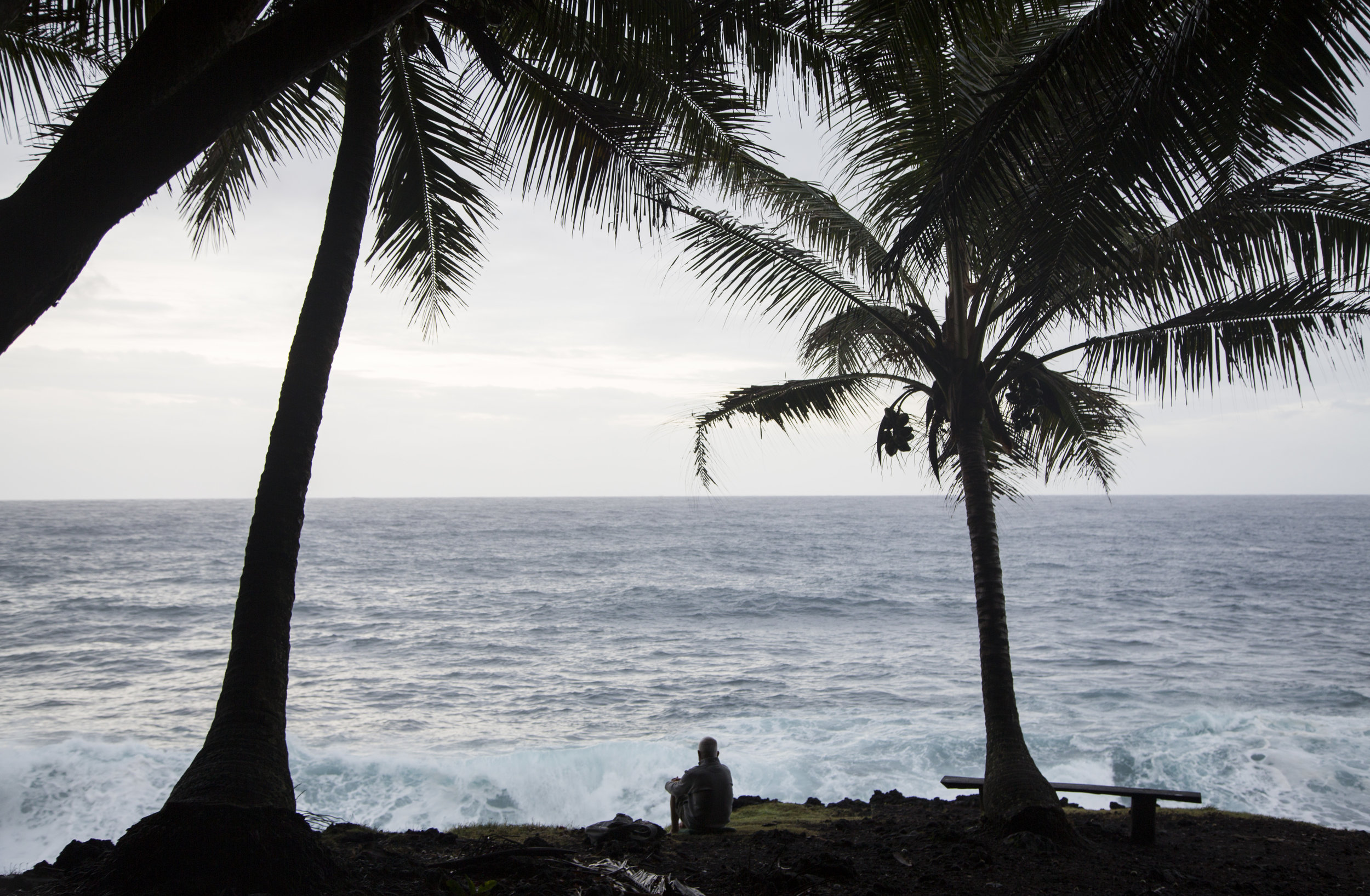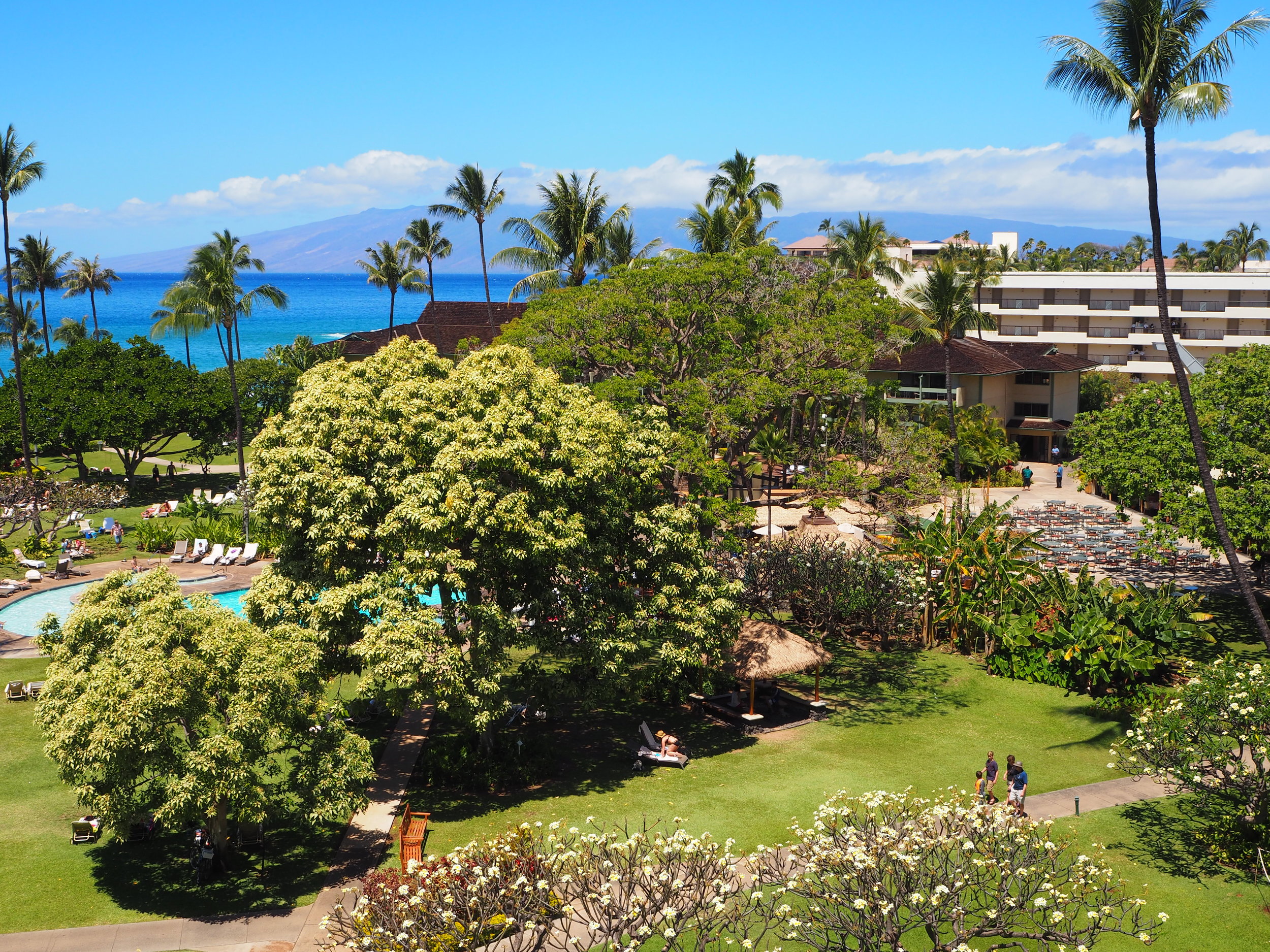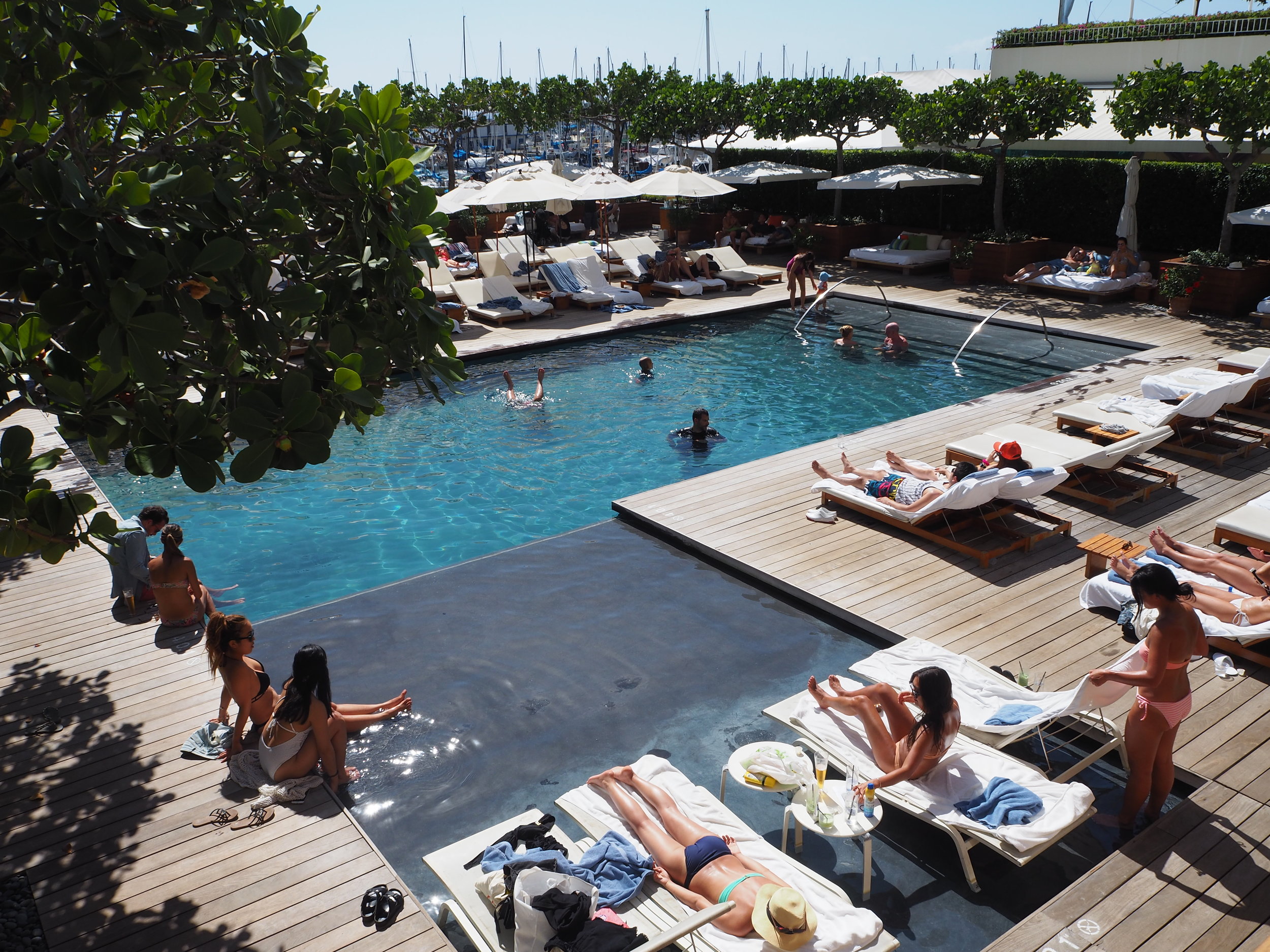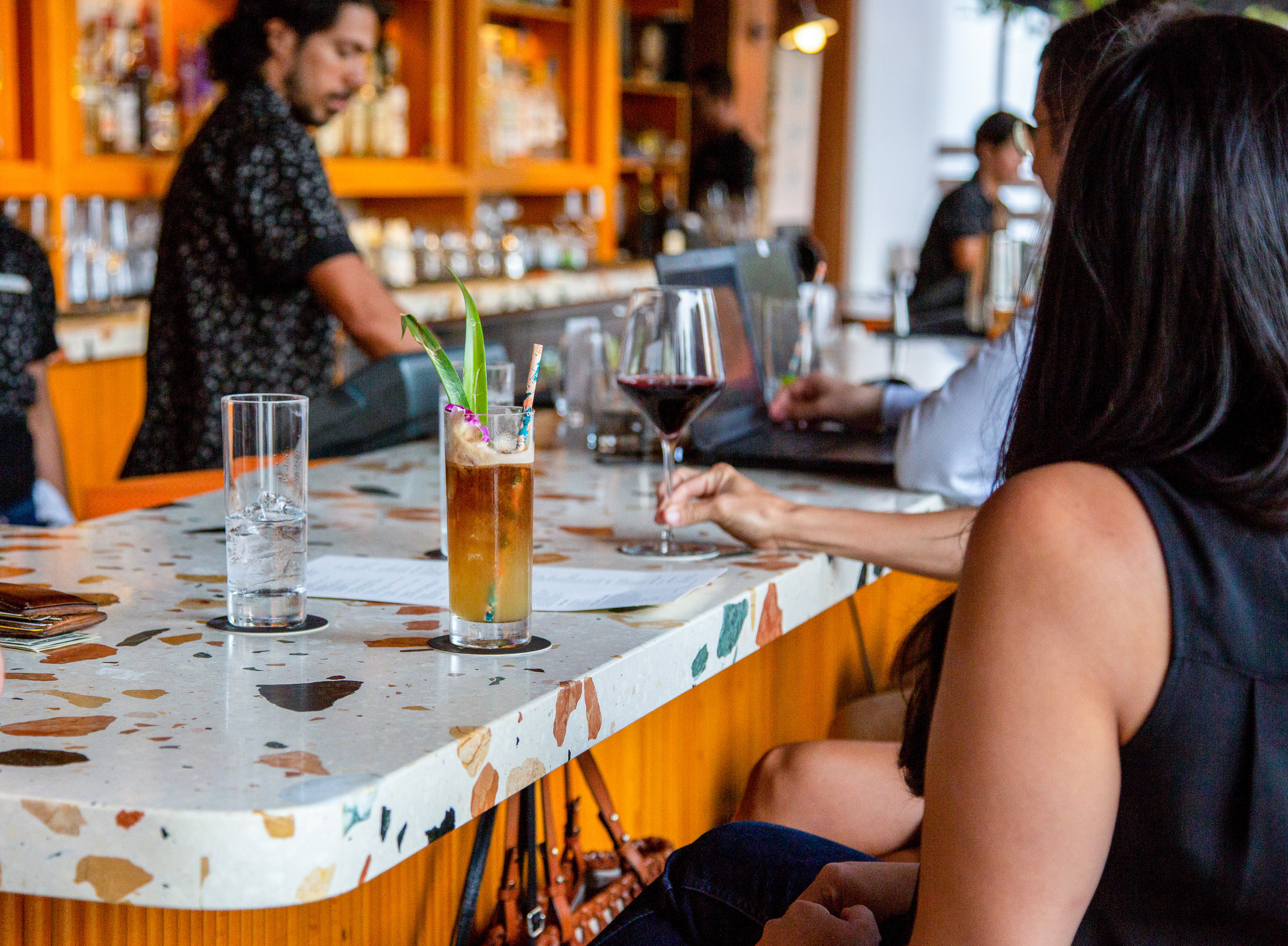New Orleans Exploration Society
Stay Wild
Creative Explorers
Story by
Justin “Scrappers” Morrison // @scrappers
Photos by
Sera Lindsey // @portablesera
Gabrielle Steib // @honeysighs
Alex Smith // @blvxmth
Old Mardi Gras beads
hang heavy
from tree branches
like faded fruit
There was a moment when jazz was born.
At the bottom of the food chain.
Some folks hit bottom and they bounce.
The bounce turned heads and heads are still spinning.
There was a moment when jazz was discovered. The scene is in a George Schmidt oil painting hanging a couple blocks from the Ace Hotel. Past the parking lot paved with broken clam shells, brick dust, and secrets.
MC Brown died on the sidewalk in front of that painting. Drank himself to death in a cardboard box. He was the last to go before this skid row neighborhood was gently gentrified. The painter wants to mix MC’s ashes in with the cement of the new sidewalk and install a plaque: “MC Brown slept it off here.” The kind old lady sitting in the tiny market next door inherited the ashes. MC is in a purple velvet bag on the table. We went and paid our respects. She said he was a good egg and gave us boiled eggs for free. Long live southern hospitality.
It’s punk to be nice
Sera and I met Gabby and Alex poolside on the Ace roof. Gabby plays maracas, but not as well as her grandmother. She played a video to prove it. Alex works at a scrap yard and knows the value of the metal parts of his camera. Sera’s hair gulps up the humidity like a thirsty dog. Her shin blossoms into a tan. I peel an orange that drove from California to Oregon and flew all the way to Louisiana in my backpack. We are the adventure we seek.
I hear New Orleans is the only American city that saved its original town. If you’re really silent and sincere, you can see it between the jubilee of neon signs: Jello Shots, Po Boys, Barely Legal, Voodoux, and other desires. The sidewalk is cracked and ugly in ways only a skater could love. We walk in the road lit by car tail lights bouncing to a curbside brass band.
Bourbon Street smells like someone barfed in a full baby diaper. It’s a weird dream; I don’t want to tell you about it. It’s a turtle without a shell. It creeps me out, but I have to see it. I have to feel myself in this place to know it better.
Who Dat?
A challenge.
I hear the future of New Orleans is Houston. Nah, it’s Alex, Gabby, and other locals who roll with the creative culture of this town. Drunken Texan tourists come to consume. They speak loud but have nothing to say. Chinua the DJ mixing juguetón beats in the Ace lobby has something to say. Freda, Defend New Orleans, Seaworthy, and the other shops next door have something to say. Slow Down. Loosen Up. Be Nice or Leave.
Gabby took us to Norma’s for South American sweets and Williams Plum St. icy snowballs instead of gumbo, crawfish, and oysters. Alex took us to see the neutral ground. We stood on the track. Right in the middle. Snowballs melting down our throats. Waiting for the streetcar. We aren’t here to ride it. It’s too wild to ride. We just want to admire its jingle-jangle swagger.
A dove flies by with a broken eggshell in its beak.
A baby gator sunbathes in the city park pond.
A strand of old Mardi Gras beads falls from a tree and bounces in the gutter.
I am a non-local standing on my tippy toes, looking over the shoulders of locals, howling for the brass band to never stop playing.








